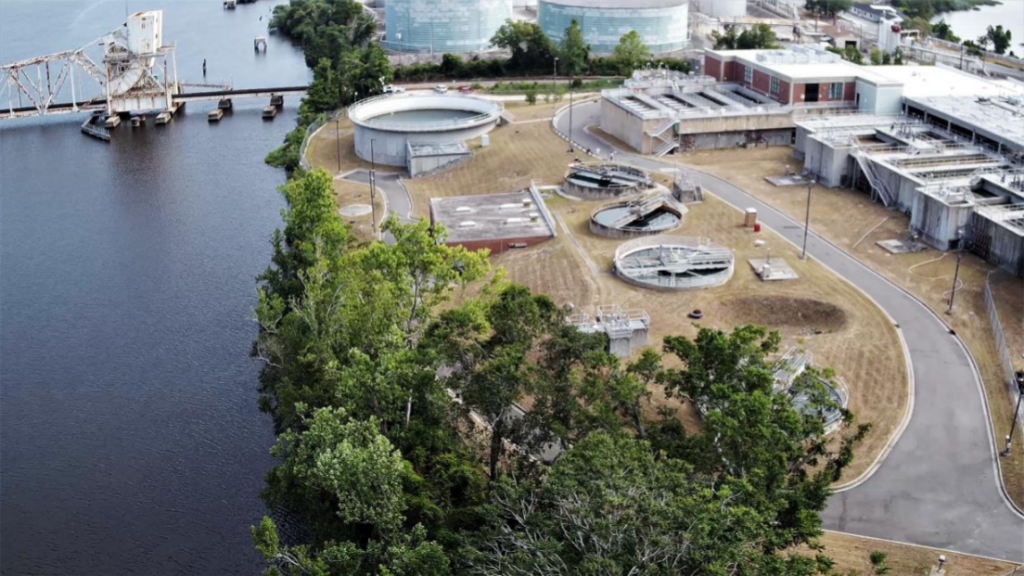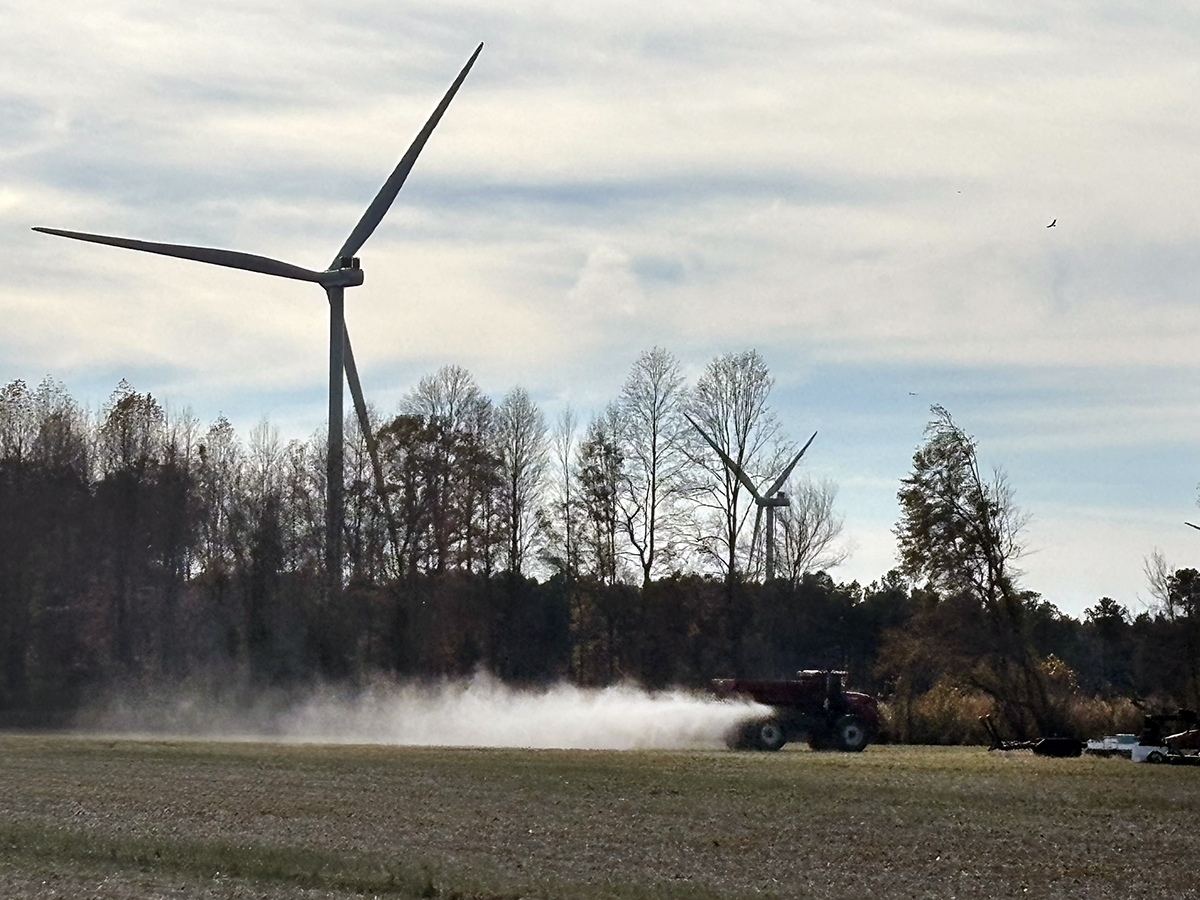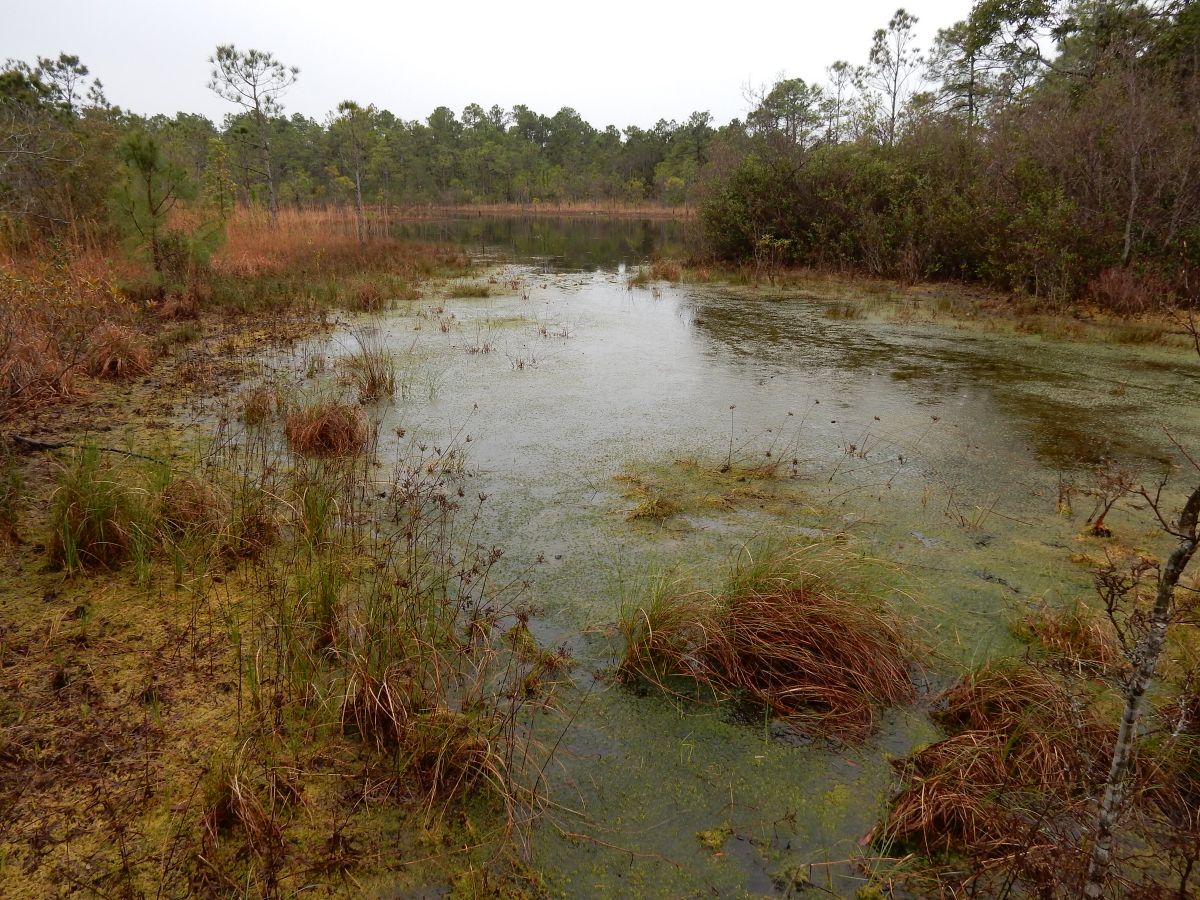
Second in a series
WILMINGTON – Without a state-set limit for 1,4-dioxane, a public utility that serves an estimated 200,000 people here will have to invest millions of dollars to remove the federally deemed “likely carcinogen” from its raw drinking water source.
Supporter Spotlight
The projected cost for Cape Fear Public Utility Authority, or CFPUA, to make additional upgrades to its Sweeney Water Treatment Plant is in the area of $17- $24 million, authority Executive Director Kenneth Waldroup said.
Annual additional costs associated with treating the chemical being discharged into the Cape Fear River upstream of the city are between $1 million and $3 million.
Such costs could be avoided if upstream polluters would reduce the amount of 1,4-dioxane from their effluent by 60-65%, Waldroup said.
But prospects that industry will voluntarily reduce discharges of the chemical are slim.
And efforts to get the state’s rule makers – both the North Carolina General Assembly and the Environmental Management Commission – to set a water quality standard for 1,4-dioxane are not making much headway. The commission is charged with adopting rules to protect the state’s air and water resources.
Supporter Spotlight
CFPUA will continue advocating for solutions, Waldroup said to a crowd of about 100 people Saturday.
The World Water Day event, hosted by Clean Cape Fear in partnership with St. Andrews-Covenant Presbyterian Church’s women’s ministry team, highlighted ongoing problems downstream water users face from upstream polluters.
It’s an issue that spans the country, where an estimated 6-10% of 66,000 drinking water systems throughout the country must figure out how to treat certain chemical compounds from their raw water sources.
The Cape Fear River is the drinking water source for tens of thousands of residents in the Cape Fear Region, one rocked nearly eight years ago when the public was first informed Chemours’ Fayetteville Works Facility had been discharging PFAS into the river, air and ground for decades.
The U.S. Environmental Protection Agency estimates that there are more than 14,000 of these chemical compounds, which are used to make a host of everyday consumer goods from food packaging to water-resistant gear.
PFAS exposure has been linked to a number of adverse health impacts to people, including thyroid disease, increased cholesterol, liver damage, and different types of cancers.
More than two years have passed since CFPUA completed a multi-million-dollar upgrade to its Sweeney plant, which included the addition of a filtration system to remove PFAS, including GenX, from its raw water source.
Today, the average CFPUA customer bill includes a $7.50 charge Waldroup referred to Saturday as the “Chemours correction surcharge,” one associated with the utility’s annual operation costs associated with the filtration system upgrade.
That upgrade entailed the installation of eight granular activated carbon filters.
The system effectively removes PFAS for which the EPA in the spring of 2024 made the move to set enforceable limits on nearly a half-dozen individual compounds in public water systems.
The cost the utility incurs each year to remove PFAS is about $4.3 million, Waldroup said. The utility’s legal fees have surpassed $10 million in its ongoing lawsuit against Chemours and parent company Dupont to pay for costs and damages related to the companies’ actions.
A trial is not expected until next year.
CFPUA monitors up to 70 types of PFAS, including GenX and other chemical compounds specific to Chemours. The utility is now looking at ultra-short chain PFAS, Waldroup said. Those are compounds with carbon chain lengths of 3 or fewer carbon atoms in sequence
The utility is able to treat “some” 1,4-dioxane from its raw water source, he said, but the activated carbon system does not remove the chemical.
He explained that there is a debate in the scientific community as to the appropriate exposure rate of 1,4-dioxane, specifically whether that rate is 35 parts per billion, or 0.35 ppb. The federal drinking water health advisory level is 0.35 ppb.
“The difference is a one in 10,000 cancer risk a 70-year lifetime exposure and a one in a million,” Waldroup said. “As the downstream water provider, we think one in a million is the right standard.”
Known polluters
In January, CFPUA and other water utilities, including Pender County Utilities, were notified by the N.C. Department of Environmental Quality that a city-operated wastewater treatment plant in Randolph County discharged substantially high levels of 1,4-dixoane into a tributary of the Cape Fear River that month.
The notice came months after a state chief administrative law judge last September revoked 1,4-dioxane limits included in Asheboro’s discharge permit. DEQ appealed the judge’s decision and is awaiting a ruling.
The Southern Environmental Law Center, or SELC, on Wednesday notified Asheboro and its industrial customers, StarPet and Waste Management’s Great Oak Landfill, it plans to sue for failing to stop 1,4-dioxane from “flowing into the drinking water supplies for about 900,000 North Carolinians,” according to a release. The intended lawsuit is being filed on behalf of Cape Fear River Watch and Haw River Assembly.
“Asheboro and cities like it have the ability and responsibility to stop this illegal 1,4-dioxane pollution before it contaminates people’s drinking water,” SELC senior attorney Jean Zhuang stated in the release. “Emboldened by its fight to dismantle North Carolinian’s drinking water protections, Asheboro’s 1,4-dioxane pollution has skyrocketed in recent months. Asheboro’s industries don’t want to pay to treat their own chemical pollution, so the city is protecting their profits over the health and safety of North Carolinians downstream and making their untreated, toxic industrial waste a costly problem for communities who get their drinking water downstream.”
Asheboro discharges upstream of the drinking water supply for Sanford, Fayetteville, Brunswick, New Hanover and Pender counties, and municipalities that buy drinking water from Sanford, according to the release.
Asheboro’s wastewater treatment plant is one of six known 1,4-dioxane upstream polluters, Waldroup said. Of those, the Alpek Polyester USA plant just upstream of Chemours is the highest source of 1,4-dixoane release into the Cape Fear River, he said.
In May, the Environmental Management Commission is expected to be presented with a draft rule to establish monitoring and minimization requirements of PFAS dischargers in the state. The proposed rule was written largely from input provided by a utility association, which has drawn backlash from one of its own members – CFPUA – and environmental groups.
Hannah Nelson, a Southern Environmental Law Center staff attorney and speaker at Saturday’s event, called the proposed rule “offensive” to residents who live downstream of industry polluters.
“This rule was written by polluters and it shows,” she said. “There is no requirement under this draft rule for polluters to reduce PFAS pollution. Polluters will use this rule to hide behind it.”
The commission has instructed DEQ to put together a similar proposed rule for 1,4-dioxane, Nelson said.
That does not prevent DEQ from requiring industries include pretreatment programs in their discharge permits and placing the burden on the polluters, she said.
And the onus of establishing rules that hold the polluter, not water utilities and their customers, may fall even more on the state under the Trump administration, which recently announced plans to dismantle the EPA’s Office of Research and Development.
The EPA’s Research Triangle Park campus is home to labs that study PFAS contamination, air pollution and industrial emissions.
North Carolina also has a group of academic researchers within the North Carolina Policy Collaboratory’s PFAS Testing Network who specifically perform PFAS-related studies in the state. The General Assembly has appropriated tens of millions of dollars for the Collaboratory.
Dr. Jeffrey Enders, a senior research scholar and research assistant professor with North Carolina State University, shared last Saturday the results of a study he conducted on PFAS in sea foam collected along the state’s southern coastal shorelines.
A majority of the 10 foam samples he studied had been 10,000 – 10 million parts per trillion of total PFAS.
People are advised to avoid contact with sea foam on area beaches.
Next in the series: Polluter asks court to keep records under seal







